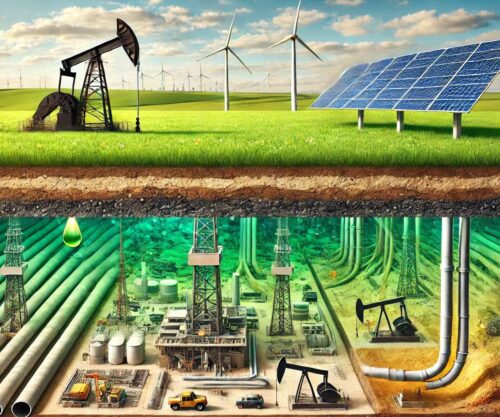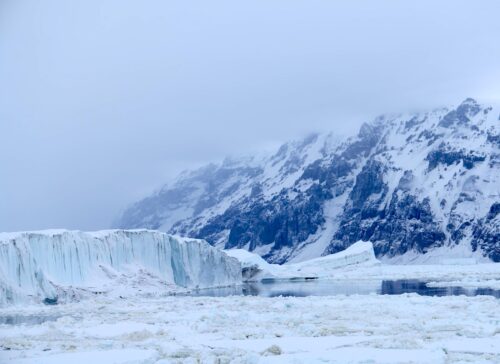
The climate fearful attending Climate Week last month in New York City no doubt shuddered when discussing a recent National Academies of Sciences, Engineering, and Medicine report on the effect of greenhouse-gas emissions. [emphasis, links added]
Taking a cue from the Brothers Grimm, it depicts dire consequences for the nation’s climate, health, and welfare.
The academies’ study—which was put together in less than two months—was obviously meant to bolster the scientific basis for the Environmental Protection Agency’s 2009 finding that greenhouse-gas emissions threaten the nation’s well-being.
The study, therefore, plays down or ignores evidence undermining that conclusion. This agenda is evident from the first sentence of the preface, which invokes the terrible flood of the Guadalupe River in Texas in July.
The report doesn’t mention that similar events have been recorded since the late 19th century and show no detectable trend to the present, even as emissions have soared.
Assessments of climate science often minimize, or even ignore, natural variability to make recent climate trends or weather events seem unusual and hence a consequence of greenhouse-gas emissions.
The National Academies’ report is no exception.
It describes a recent acceleration of global sea-level rise observed by satellites without mentioning a comparable acceleration during the 1930s.
There are similar failures in the report’s coverage of U.S. heat waves (which aren’t more common in recent decades than they were in the decades around 1900) and of North Atlantic hurricanes (which show no long-term trends in frequency or intensity).
The report deceptively shapes its discussion of the models used to project climatic changes. The writers gush about how the models are improving. But they give no quantitative sense of how deficient even the improved models are.
They also omit some important but inconvenient topics. A reader won’t learn of humans’ demonstrated ability to adapt and reduce vulnerability to a changing climate, or of the projected minimal net effect of warming on the U.S. economy.
The academies’ study stands in stark contrast to the recent Department of Energy report, of which I am a co-author. The DOE report properly places extreme weather events and recent climate trends in the context of natural variability.
The National Academies’ study didn’t attempt to refute the DOE findings. It simply ignored them and the data on which they were based.
It also doesn’t shy away from subjects that contradict a Grimm perspective.
Our report was intended to bring attention to important topics in climate science that have been overlooked or played down in past assessments and so are absent from popular and political climate narratives.
The National Academies’ study didn’t attempt to refute the DOE findings. It simply ignored them and the data on which they were based.
It’s not surprising that the two reports have no authors in common and cite entirely different sets of peer-reviewed papers.
The incomplete and biased picture of climate science in the National Academies’ study demonstrates the need for the DOE report. It does a disservice to the public by not explaining how and why its findings differ from the DOE’s.
Flawed pronouncements that support advocacy by minimizing or ignoring scientific disagreements feed public distrust of science.
Whatever the fate of the EPA’s 2009 finding on greenhouse-gas emissions, which the agency is reviewing, the Academies’ view of greenhouse-gas impacts must be reconciled with the DOE’s more sanguine perspective.
Complete and transparent analyses of the risks of climate change are overdue. Sadly, the National Academies’ report isn’t that.
Read rest at WSJ



















Nothing surprising that the National Academies would ignore the DOE’s report instead of either including its findings or attempt to refute them. Or to look at the historical evidence that shows there’s nothing new under the sun that hasn’t happened before.